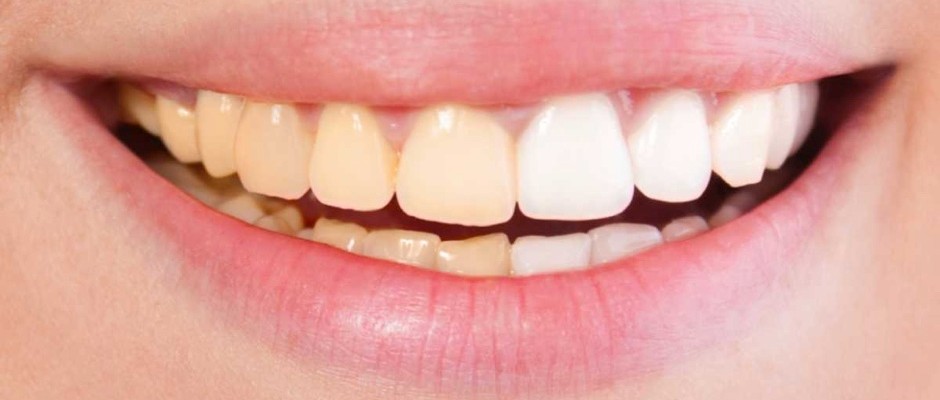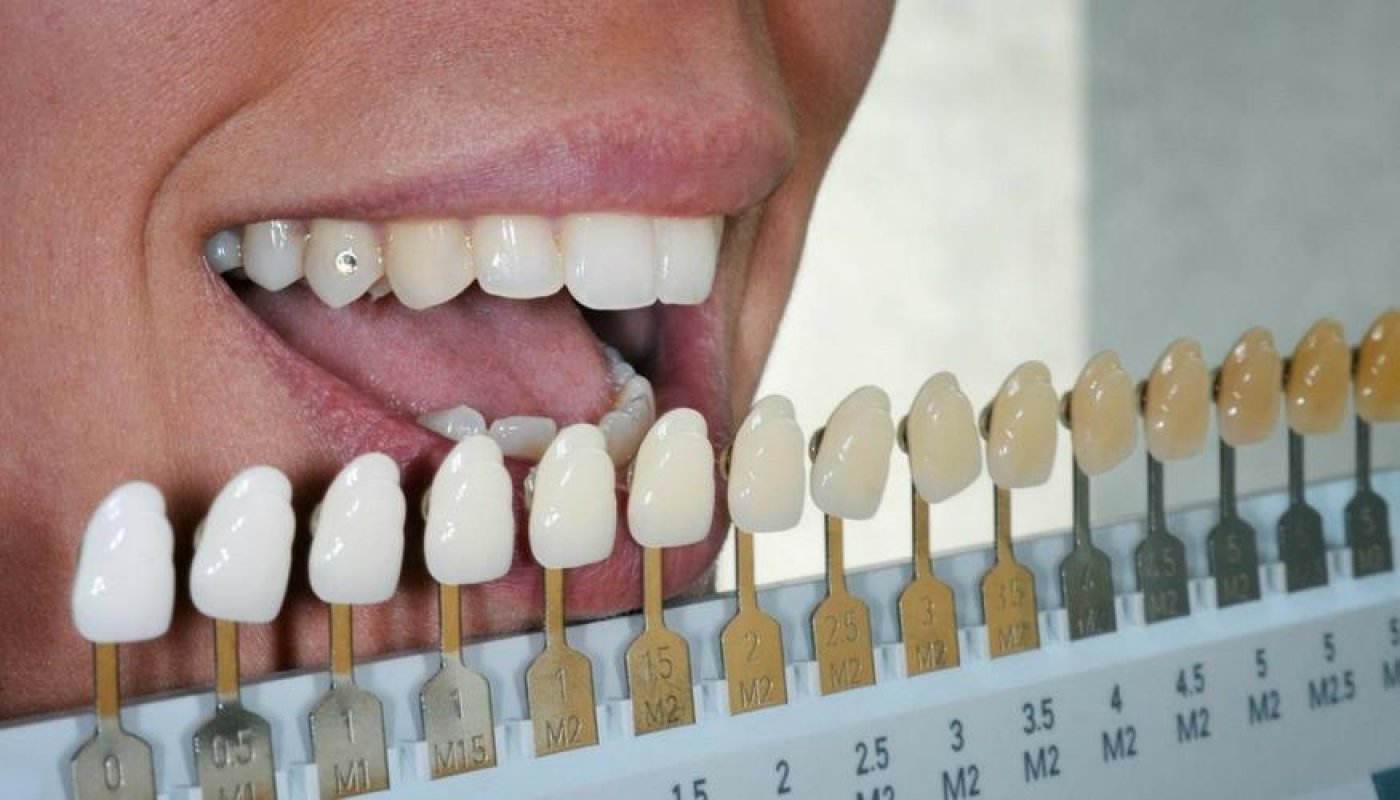Having that dazzling smile that leaves a lasting effect on people is largely affected by the colour of your teeth. This is typically the main message of most advert jingles on oral hygiene. However, the public view of what the normal teeth colour should be could be misleading. The colouration of our teeth depends on several factors which include:
- Lifestyle
- Genetic factors and
- Dentin which is responsible for the bulk and colouration of the teeth
Tooth colour varies according to age, race, gender and geographical area. For instance, females generally have whiter teeth than males. This is because females’ teeth typically have less dentin.
Most people believe that unless your teeth are as white as snow, you don’t have healthy teeth. Mean while, this belief does not always hold true.
From studies, the normal tooth colour is slightly yellow. The tooth has an outer layer, the enamel which is whiter and translucent. Following the enamel is an inner layer called dentin. Dentin in nature is opaque and could be slightly yellowish or brownish. Alas! Any deviation from this is said to be a discoloration. The bulk of dentin determines the colour of the teeth. As earlier stated, it varies according to age, race, etc.
Tooth discolouration could be due to a number of reasons such as poor oral hygiene, age, genetics, foods and drinks causing stains, diseases, medications, etc. Tooth discolouration by classification could be intrinsic or extrinsic.
Intrinsic discolouration
This is due to the absorption of stains into the tooth. It could be caused by:
- Excessive intake of fluoride which results in brown discolouration
- Dental caries ( tooth decay)
- Pulp necrosis ( pulp death) resulting in grey discolouration
- Amalgam fillings
- Genetic disorder.
- Age
Extrinsic discolouration
This is due to the deposition of stains on the surface of the tooth. If these stains remain for a long time they can cause intrinsic discolouration. Substances that can lead to extrinsic discolouration are:

- Tobacco
- Food and drinks like coffee, certain fruits and wines.
- Poor oral hygiene.
- Medications like tetracycline and mouth wash containing chlorhexidine and cetylpyridinium chloride
- Calculus ( hardened deposits of neglected plaques on the teeth), among others.
Avoiding the above factors coupled with good and proper hygiene can prevent tooth discolouration.
In giving our teeth an utmost care, it is noteworthy that the attentions given for various whitening treatments depend largely on the cause of the discoloration. For instance, extrinsic discolouration can be removed by cleaning the teeth regularly.
Below are the various available treatments for teeth whitening;
- Proper brushing.
- Avoid foods or drinks that can cause stains
- Teeth bleaching
- Use of teeth whitening products
As you age, naturally, the enamel gets scrapped off thereby revealing the dentin underneath. So, the teeth look yellowish. As whitening products are continuously used, the teeth can start to strip off the dentin layer thereby increasing the risk of dental problems.
For a good oral hygiene, it is advisable to brush twice daily and to replace your toothbrush every 3 to 4 months or even sooner if the bristles are frayed.


Oyewole Ibukun is currently a Medical student of Olabisi Onabanjo University. She has a passion for seeking knowledge with a creative, detail oriented and analytical mindset.

